Renew Your USEA Membership for the 2023 Season Today LEARN MORE
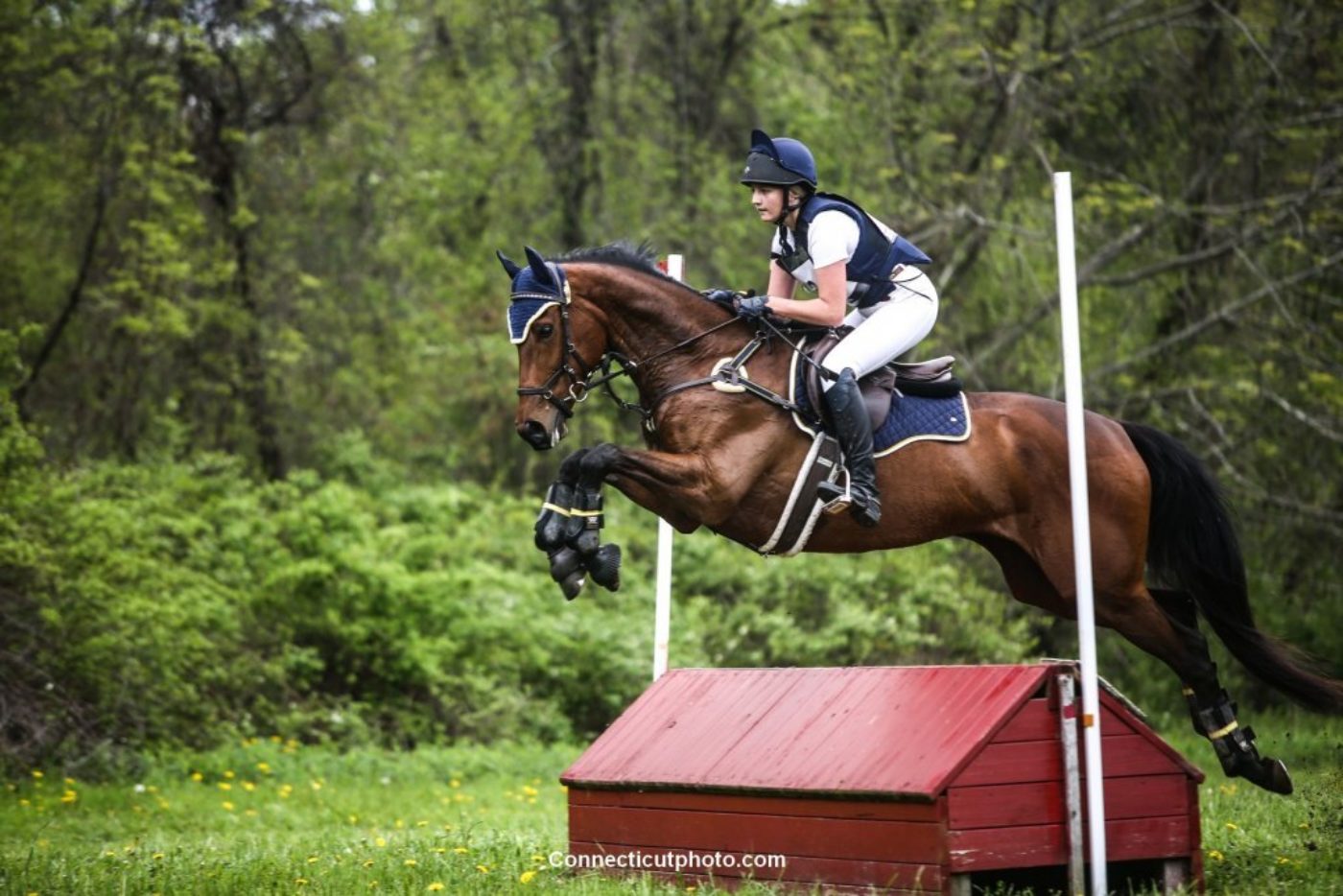
Note: Throughout 2023, the United States Eventing Association will be putting the spotlight on each area and sharing how they will uniquely contribute to the growth of the sport of eventing. After starting the series with Area X, Area III, Area VI, Area V, and Area II the next area featured is Area I.
Like many other parts of American history, the ideas and people behind the sport of eventing in the United States came out of the states that now represent the United States Eventing Association’s (USEA) Area I.
Just like how Connecticut, Maine, Massachusetts, New Hampshire, New York, Rhode Island, and Vermont have been the birthplace of great American leaders and ideas, these states were where eventing earned its stars and stripes.
“There’s a lot of tradition in Area I,” said Jane Hamlin, who serves on the committee of the Green Mountain Horse Association (GMHA), which hosted one of the 15 original events recognized by the United States Combined Training Association (USCTA), the predecessor to the USEA, in its first year in 1960. “It was sort of the beginning of eventing really.”
As eventing began to grow in popularity following success by U.S. riders internationally in the 1950s, there became a need for an organization that could promote the sport. Alexander Mackay-Smith became known as the “Father of the USCTA,” according to the article titled “The Founding of the USEA” written by Denny Emerson for the 60th anniversary special edition of Eventing in America.
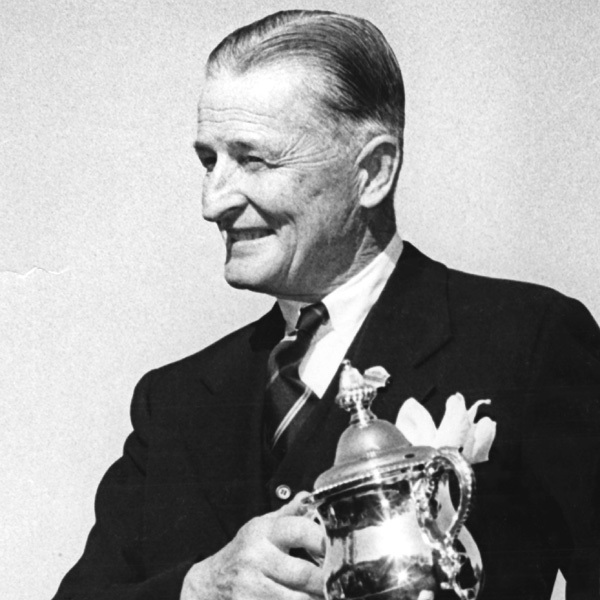
Mackay-Smith grew up riding horses in Central Park in New York, attended Harvard Law School in Boston, and was editor of The Chronicle of the Horse from 1952 to 1976. He organized the famous meeting at the Pan American Games in Chicago on September 2, 1959, that led to the formation of the USCTA.
“No one did more than he to get the Association formed and functioning,” Jack Fritz, the secretary of the United States Equestrian Team (USET) at the time, is quoted as saying in Emerson’s “The Founding of the USEA.”
Although its headquarters are now in Virginia, the USEA is officially incorporated in Massachusetts. The USEA was previously headquartered in Massachusetts from 1971 to 1994, which is sandwiched by its stints in Virginia.
The Ledyard International-Three Day Event in Hamilton, Massachusetts, became the first international competition held in the United States in 1973, attracting riders from Canada, England, France, and Ireland. Jack Le Goff based the USET Three-Day Event squad in Hamilton in the 1970s and 1980s. Ledyard Farm is where the competition scenes in the classic equestrian movie "International Velvet" were filmed.
This foundation has fostered a sense of pride and community among eventers from Area I and inspired them to take leading roles in the sport.
“It’s really a community,” Hamlin said. “Everybody helps everybody. Everybody roots on everybody. It’s a different vibe than going to Florida and there are 500 people. People know each other and are encouraging, but this is a small-knit community. So, I think that part of it is special.”
Robert “Bobby” Costello was born in Hamilton, Massachusetts, and the presence of the national team in his hometown and top competition at Ledyard led him down the path to eventually becoming the U.S. Eventing Technical Advisor and Chef d’Equipe.
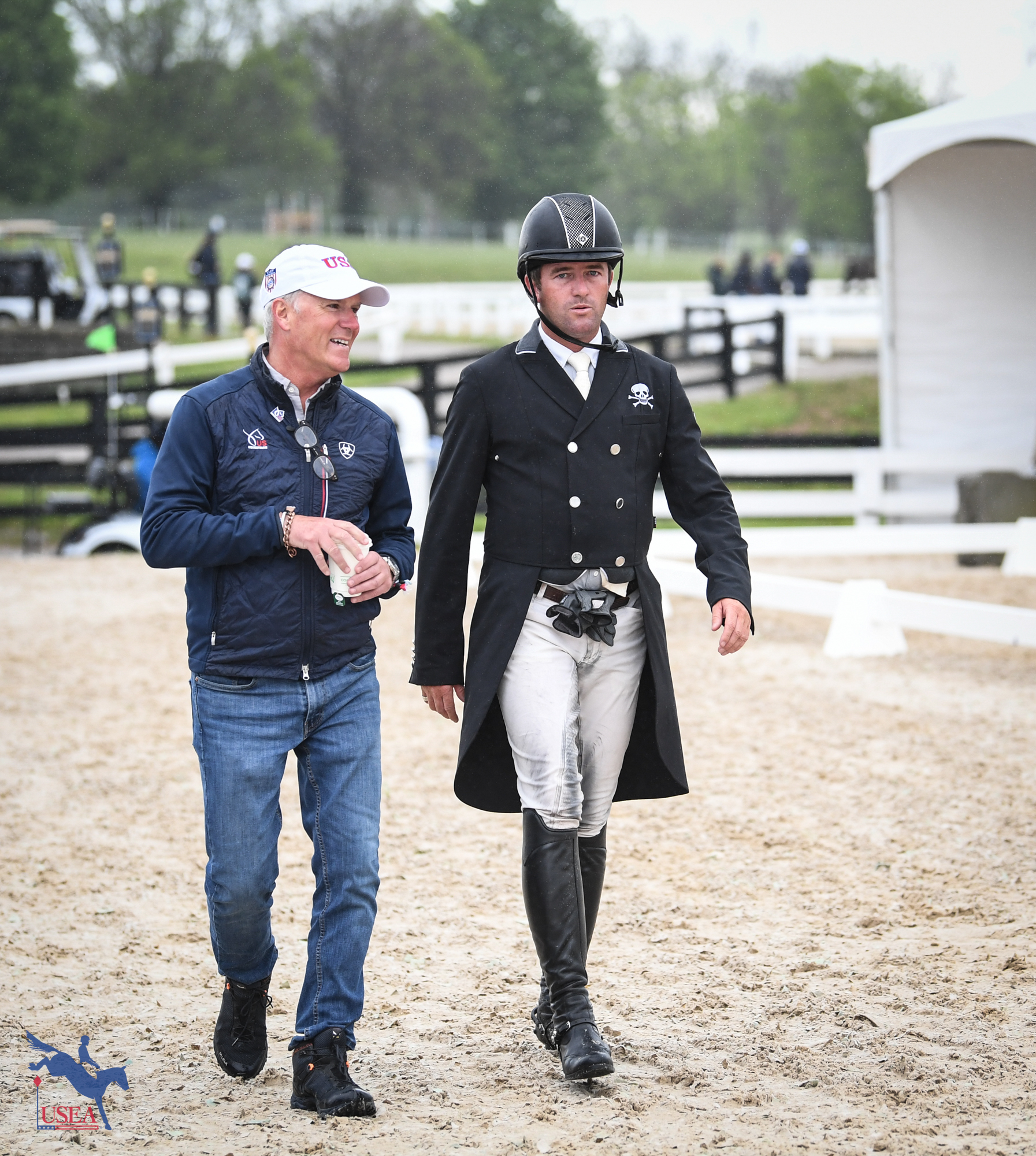
Five-star rider Ariel Grald had her first international competition with the Area I team at the 2004 FEI North American Junior and Young Rider Championships (Wadsworth, Illinois). Born in Minnesota, Grald moved to New Hampshire when she was 2 and grew up competing on the Area I circuit. She spoke at the Area I annual meeting in 2020.
“Her roots are up here; her family is up here. So, I posted about her, and then Area II started something,” Area I Chair Suzanne Adams said with a laugh, since Grald is now based in Southern Pines, North Carolina. “And now we have this competition. We really are passionate where our people come from.”
The first USCTA/USEA President, Philip B. Hofmann from 1959-1965, had a summer residence in Pomfret, Vermont. His successor, Edward Harris from 1966-1968, studied law at Cornell University and practiced at the oldest law firm in Rochester, New York. Subsequent presidents with Area I roots included: Neil Ayer, who ran Ledyard Farm, from 1971-1981; Denny Emerson from 1991-1992; Kingman Penniman in 2004; Kyra King Stuart from 2005-2007
Before Lou Leslie in 2023, the previous two USEA Presidents, Max Corcoran from 2020-2022 and Carol Kozlowski from 2017-2019, were from Area I. Corcoran grew up in Manchester, Massachusetts, and Kozlowski calls Geneseo, New York, home. Geneseo is where current USEA CEO Rob Burk was born.
“When you step outside and see who our rising stars are, see who the coaches are all over the country, a lot of them have their roots in Area I,” Adams said.
Although, in terms of running events in Area I, Adams joked, “We can’t help that we have crappy winters. If you really want to be serious in the sport, a lot of people move south. That doesn’t mean they’re still not Area I in their heart; they’re just in the South now.”

In 2023, Area I is scheduled to host 22 events—third most behind Area III and Area II—starting with the University of New Hampshire Spring H.T. (Durham, New Hampshire) on April 29 and finishing with the Kent Horse Trials, Inc. (Kent, Connecticut) on Oct. 8. The GMHA Festival of Eventing August H.T. (South Woodstock, Vermont) from Aug. 11-13 represents Area I’s lone FEI competition this year.
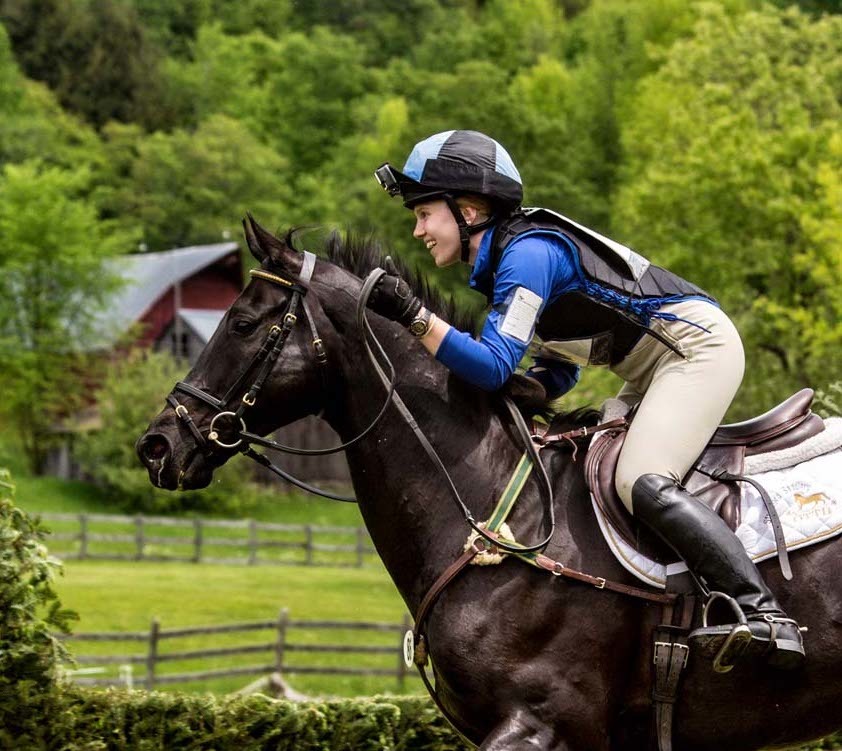
“That is a wonderful event, and it’s one of the oldest ones in the country,” said Hamlin, who has served on the ground jury of top international competitions like the Olympics and Pan American Games, in addition to her role with GMHA. “The cool thing is that we’re limited in stabling and limited in size. I call it a boutique event. There’s no way it’s going to get so big, so huge that it turns into one of those mega events. But, we try really hard to make it special.”
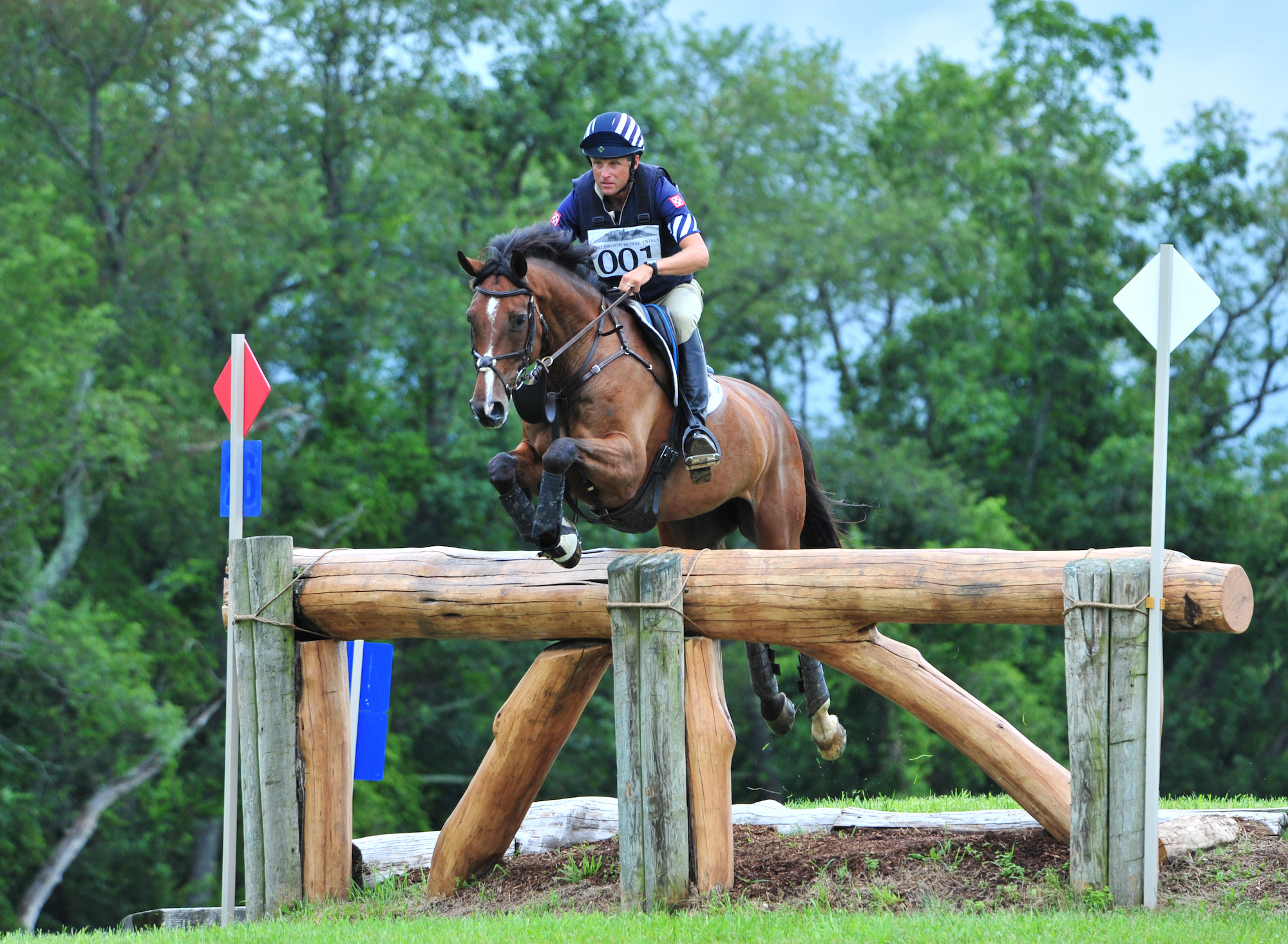
The Millbrook H.T. (Millbrook, New York) did not run in 2020 or 2022 and returns in 2023 as Area I’s only Advanced competition.
“That has been an important fixture in Area I for a long time,” said Sharyn Antico, an organizer and the secretary for Millbrook. “It’s important for us to try to maintain that in order for us to bring the professional riders in different Areas—whether they’re coming down from Canada or up from Areas II and III. I like to say we’re kind of the pinnacle of the sport. Even though there’s been a serious shift in migration south, there’s a lot of great competitions that are still left in Area I.”
The Area I events that go up to Preliminary, Modified, Training, and even Training-Novice serve a significant role as well, especially in terms of their history.
“I love the grassroots of our sport, and seeing some of our competitions that have been around for 30 and 40 years are important to the history of our sport,” said Antico, the USEA’s Vice President of Competitions/Organizers Representative. “The lower-level competitions are so vital to start competitors out in learning about the sport, and a lot of people forget that, but they have to start somewhere. We have so many great lower-level competitions. We have great terrain up in Area I, and this is super important to the sport.”
Boston was the host for a 60th anniversary celebration at the USEA Annual Meeting and Convention in 2019. Any time the eventing community has come together in Area I, it has reflected the significance Area I plays on the eventing nation.
“Because, even though it’s cold in December and there’s not a lot to do outside, I feel like that’s the grassroots of our sport, and we have such a following and such an important trademark to keep,” Antico said. “All of these riders are so willing to continue supporting eventing, and they’re all in Area I in one way or another or used to be. Every year that the convention is in Boston, it brings the highest number of people, and that says something that there are that many people in Area I that contribute to our sport.”